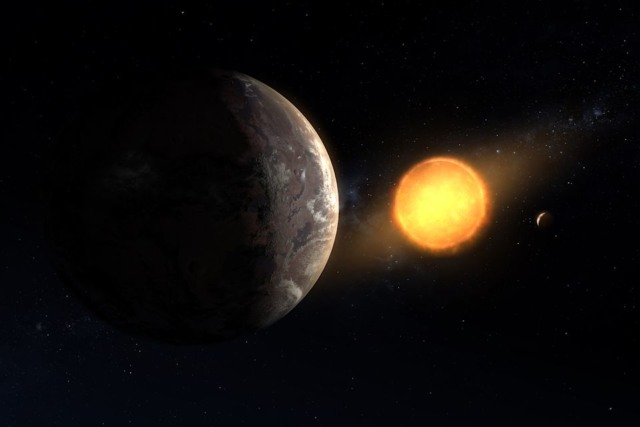NASA has found an Earth-Sized Habitable Zone Planet in old ass Kepler data. Thought you got away, eh?
NASA has found some interesting shit in old Kepler data! Specifically, an Earth-sized planet in the Habitable Zone. Sorry, exoplanet! You can’t hide from our monkey asses.
engadget:
The search for habitable exoplanets has made a discovery in an unexpected place: data that had supposedly been searched years ago. Scientists combing over early data from the Kepler space telescope have found an Earth-like planet, Kepler-1649c, buried in earlier data. It has a radius just 1.06 times larger than humanity’s homeworld, and its red dwarf host provides about 75 percent of the light our planet gets — not great, but enough to put it in the habitable zone.
You can chalk down the mistake to the limitations of current technology. A working group reviewed the work of the Robovetter algorithm used to spot false positives in the planet search, and realized that the code had inadvertently dismissed 1649c.
These parameters don’t guarantee that the planet will support life, even if there aren’t any errors. Red dwaves tend to flare up and hurt the chances for life. Researchers also don’t know the atmospheric composition, which could rule out life even if every other condition is ideal. With that said, NASA is hoping to expand the criteria for habitable zones. Just don’t expect to visit any time soon when the star in question is 300 light-years away.
The findings might be useful even if the planet turns out to be hostile. It supports mounting evidence that planets like this are relatively common around red dwarfs. The discovery likewise provides more detail about the star system as a whole, such as its high stability (suggesting a long life) and the possibility of a third planet. Even if exploration of the planet remains a very distant prospect, it could be useful for years to come.




